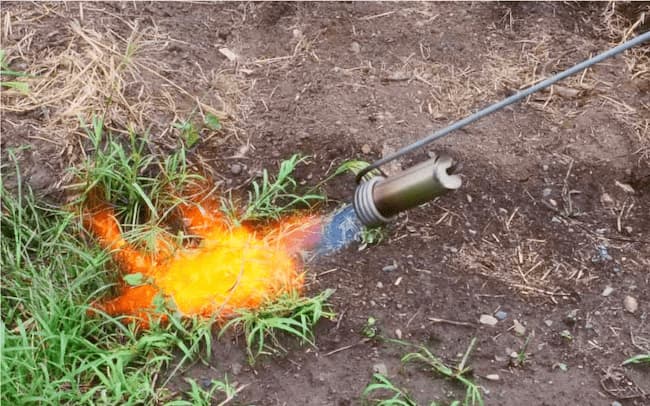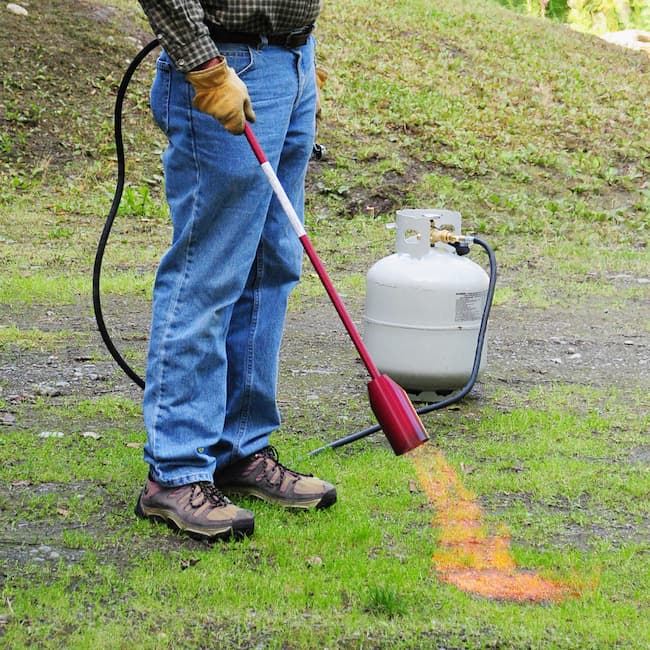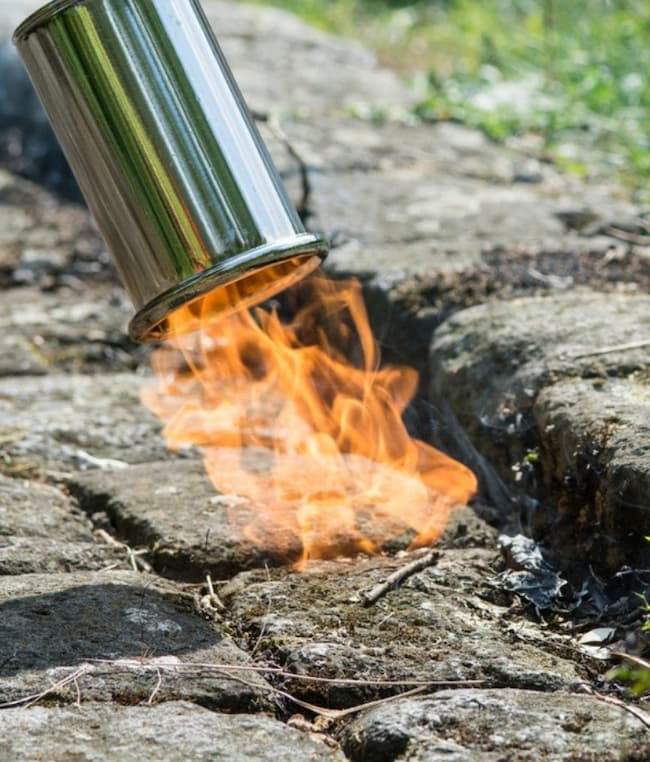It’s almost the end of summer now, and if you’ve been too busy to devote the needed time to your garden, you might notice a few nasty surprises. Weeds. And they’re popping up in almost every corner imaginable. Yikes! What can you do about it?
Understanding Weeding
Weeding can be tricky, especially when you’re pulling out or spraying more than you bargained for. Plus, you wouldn’t want to destroy surrounding plants while doing so. Mulch, and lots of it, can starve weeds of nutrients and is a good way to limit the number of weeds. The same goes for cutting and pulling them out at any chance you have. But if your garden is still overwhelmed with these cheeky intruders, it might be time for a different approach. Heat. Or more specifically, weed burners.
Weed Burners to the Rescue!

These burners, also called weed torches, are garden tools that can muster enough heat so weed seeds self-combust. Getting to the root of the issue (and literally) is sometimes the best line of action. The burners starve stems of the needed nutrients and don’t allow them to grow. Any stubborn weeds, treated with a weed burner will die out in a couple of days.
Garden weed torches are nothing new. After a period of being forgotten, they’re now coming to the forefront of garden maintenance once again due to how convenient they are. Whipper snippers might have had their five minutes of fame, but now a new (old) star has come to the scene. If you plan to explore the range of weed burners, here’s what you should know.
What Are the Different Types of Weed Burners?
Though you might find electric weed burners, these, just like electric mowers won’t hold up a candle to anything running on fuel. In the case of weed torches, the best option is gas.
Gas burners come in two basic types – small, lightweight burners with single-use butane canisters, and bigger burners using standard Aussie LPG bottles, with propane in addition to butane. There’s a stark difference in price among other things, and how effective they are in getting rid of weeds.
Smaller burners are more adequate for smaller gardens and driveways. They’re lightweight, quick to set up, and easy to use. They’ll get rid of weeds fast and you won’t feel the back pain associated with heavier equipment. The downsides have more to do with the butane, the heats levels, and how much of it is in the can. If you’ve got more weeds sprouting among plants and in driveway cracks, a smaller burner will take more time to do the job, provided you have another canister ready when the first one empties. The cheaper initial cost of the burner is somewhat downplayed by the cost of replacement gas cans.
Bigger areas call for heavy-duty weed torches running on 9kilo BBQ or LPG bottles. They’re more powerful, have higher heat levels that can also be adjusted, are well-sorted for longer burns, and are typically better made. And the bottles are easy to refill. In short, they have more features that improve overall usability as well as safety. Another bonus is that they are good for other jobs as well. Think drying applications, curing concrete, or heating steel. The downsides are the heavier weight and the higher cost, but that’s to be expected.
Features to Consider When Shopping for a Weed Torch
If you’re set on getting a burner, there are a few things to consider.
Heat Rating
A weed burner with a higher heat rating is faster to reach it highest output. This is stated as either British Thermal Units (BTUs) or Mega-Joules (MJ) for custom or metric units respectively. Moderate heat levels range around 300 MJ or 284000 BTU. High-end burners will easily reach double that.
Adjustable Flame Settings
All this heat from the flame needs to be controlled to avoid scorching surrounding plants. This is done with variable flame controls or valves that let more or less gas pass through. And this lets you get rid of bigger weeds, and more of them, much quicker. Alternatively, if you want to save gas, dial the valves down.
Hose Length

Hoses connect the burner to the gas bottle. The longer the hose, the more mobility you have. Look for at least 5 meters to make burning quicker and easier, without having to move the gas bottle around.
Head Types
The head is part of the burner through which the flame exits. Wider heads will have a spreading flame, covering more area. Narrower burners produce a more direct flame. The metal tube holding the burner heads can also be set to hold two heads at once for faster and more efficient operation.
Ignition

How the weed burning flame starts maybe a make-or-break feature. Some burners have a push-button striker at the handle and this allows for safety and no hassle to get going. Others need a flint lighter which needs to be brought near the gas to ignite the flame. If you’re uncomfortable with this, then get a weed burner with an auto-ignition function.
Build Quality and Materials
Prices vary because of features as much as the quality and build. Hoses need to be thick enough to not rupture, and metal tubes to withstand the heat without deforming or staining. All parts need to be assembled to tight standards to ensure safety.
Safety Features
You’ll also want a burner that does the job safely. Regulator valves let you adjust the flame, a push-button igniter allows for safer starts, and a hose long enough for the job means there’s less of a chance of mishaps. Get the weed burner that suits the setting and job at hand.
























